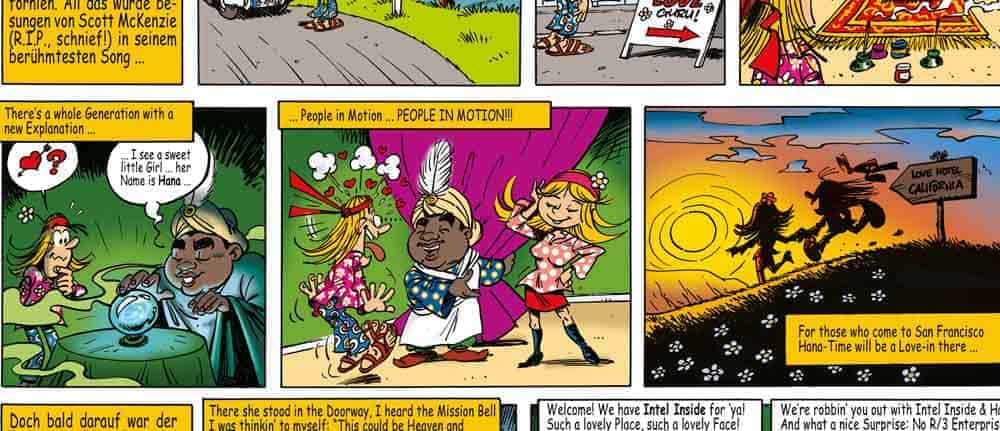Sapphire once and now


In 2006, Sapphire was held in Paris and on stage were the then SAP CEO Professor Henning Kagermann and his Chief Technology Officer Shai Agassi. The story is ancient for the fast-moving IT scene, but SAP has a very successful and significant history and the current successes are based on the merits of the forefathers like Professor Hasso Plattner, Peter Zencke, Gerd Oswald, Professor Henning Kagermann and the Chief Technology Officers Shai Agassi and Vishal Sikka.
Under the leadership of Shai Agassi, SAP developed an ERP repository that was integrated into R/3 using ESA, Enterprise Service Architecture. ESA was an infrastructure that would connect internal and external objects via a service bus. Ultimately, it was a powerful communication architecture for SAP's ERP. Not a bad idea from Kagermann and Agassi.
The ESA hook in SAP's strategy was the unpleasant fact that at the same time, IT competitors Microsoft, IBM, Oracle and others were building a similar concept and calling it SOA, Service-oriented Architecture. Because SOA was an open concept, it quickly found favor with users.
Now SAP once again had an ingenious concept, but stood completely isolated from the rest of the IT scene. It was easy to predict that SAP's ESA stood no chance against the general SOA. This realization came to SAP's Kagermann and Agassi on the eve of Sapphire 2006 in Paris. Overnight, all presentations were changed from ESA to SOA, and the next day Henning Kagermann and Shai Agassi were blithely talking about SOA from the Sapphire stage as if ESA had never existed.
This year, a similar feat was repeated on stage at Sapphire 2023 Barcelona: SAP CEO Christian Klein announces the sale of Qualtrics and stresses the importance of customer experience. He promises hybrid landscapes and claims that eventually everything will end up in the private cloud. He emphasizes the importance of SAP partners for digital transformation and at the same time excludes them by missing interfaces at BTP, SAP Business Technology Platform. Christian Klein unabashedly contradicts himself and thus became a worthy successor to Professor Henning Kagermann and Chief Technology Officer Vishal Sikka.
It is the good right of the SAP boss to sell companies once they have been acquired, especially if he manages to do so at a profit. The purchase of Qualtrics was not without controversy, and the sale also raises questions about SAP's strategy. Christian Klein talks a lot about the lasting importance of customer experience, Qualtrics' core competence. What now? The topic is important, but the IT tool needed for it is being sold. Christian Klein would have had the opportunity to clear up the contradiction at Sapphire in Barcelona - he didn't.

At his Sapphire press conference in Barcelona, Christian Klein emphatically stressed the importance of SAP partners, but the vast majority of partners get little of this. For the S/4 conversion, selected partners are sometimes useful as stirrup holders. But if Christian Klein's vision is anything to go by, then every digital transformation ends in the public cloud. There, SAP reigns absolute and truly no longer needs partners.
Abap modifications were always a guarantee of success for SAP's ERP. Individual modifications brought the desired added value to SAP's existing customers. In the future, modifications and add-ons will be made on the Business Technology Platform with Steampunk, Build and other SAP tools. However, sustainable Steampunk added value will only be available in a private cloud environment, i.e., an on-prem operating model. This does not have to be a disadvantage for existing SAP customers.






